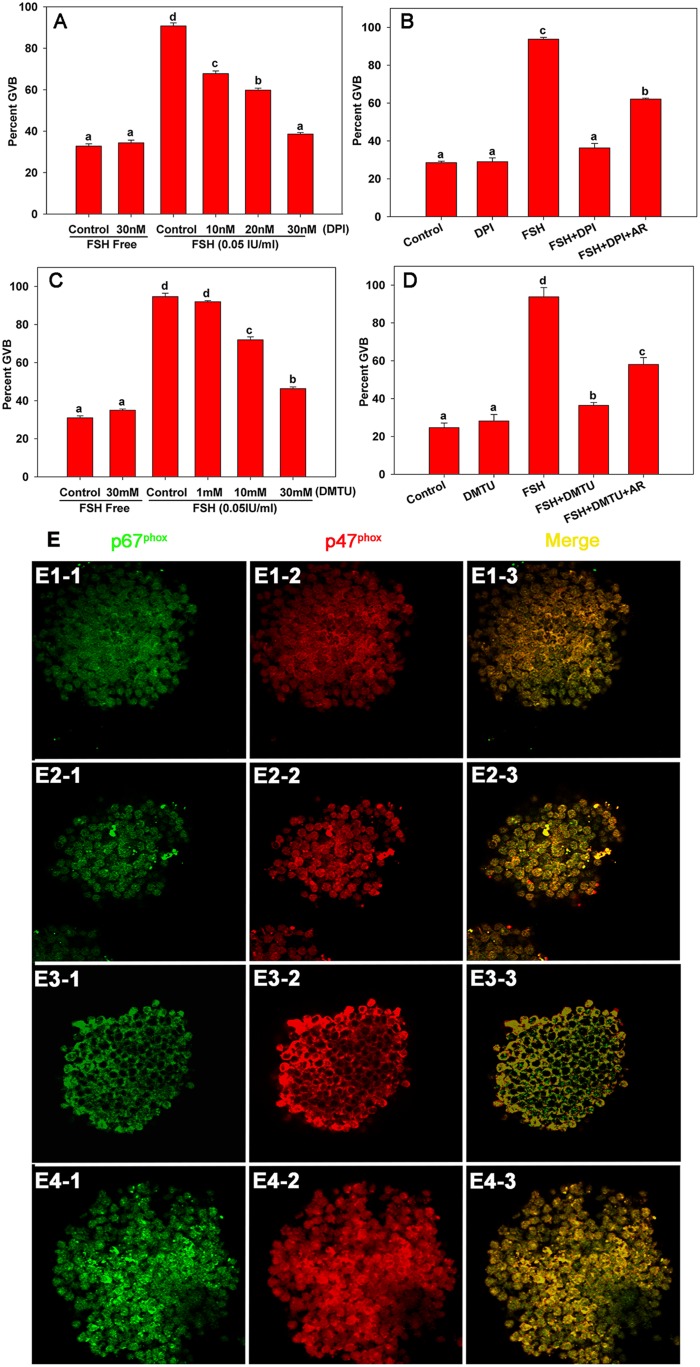Figure 2. The effect of NOX and its ROS products on PKC δ- and θ-mediated FSH-induced meiotic resumption in COCs.
COCs were cultured respectively in the following media: (1) FSH-supplemented media with or without NOX inhibitor diphenyleneiodonium chloride (DPI), ROS scavenger 1,3-dimethyl-2-thiourea (DMTU) for 22–24 h (A and C); (2) media supplemented with either 30 nM DPI, 0.05 IU/mL FSH, DPI plus FSH, or DPI plus FSH plus 100 ng/mL Areg (AR) for 22–24 h (B); (3) media supplemented with either 30 mM DMTU, 0.05 IU/mL FSH, DMTU plus FSH, or DMTU plus FSH plus 100 ng/mL Areg for 22–24 h (D). Figure E showed the expression pattern of p67phox and p47phox in COCs cultured under different treatment conditions at the indicated time points. Samples were stained with anti-p67phox antibodies (E1-1–E4-1) or anti-p47phox antibodies (E1-2–E4-2), and the reactions were developed to produce either a red (p47phox) or green (p67phox) color. E1-1–E1-3: COCs cultured in HX medium for 0 h. E2-1–E2-3: COCs cultured in HX medium for 1 h. E3-1–E3-3: COCs cultured with FSH (0.05 IU/mL) in HX medium for 1 h. E4-1–E4-3: COCs cultured with FSH (0.05 IU/mL) and 0.1 µM rottlerin (MTX) in HX medium for 1 h. Letters (a–d) on different columns in each chart indicate significant difference between groups (p<0.05). AR: Areg.

